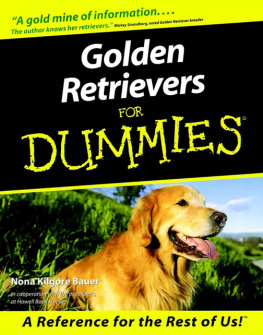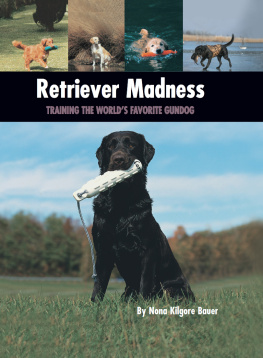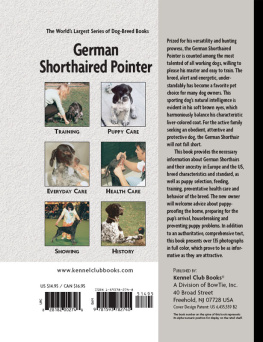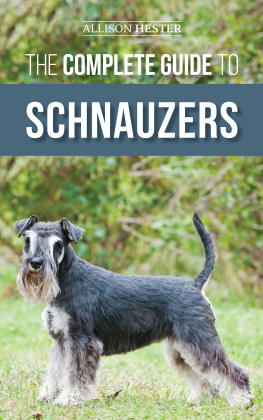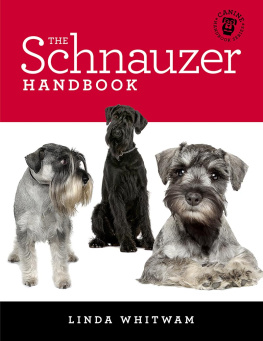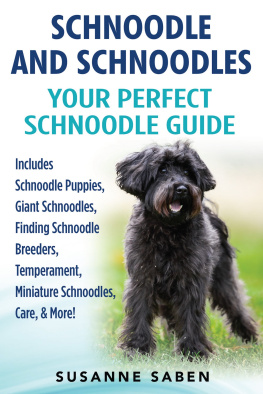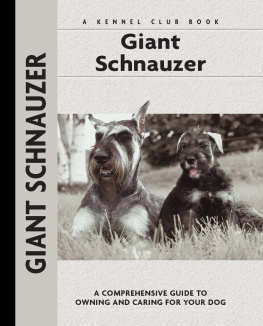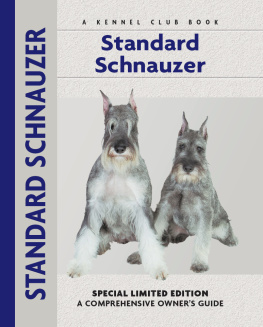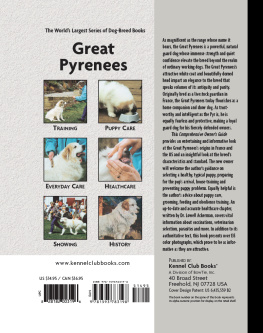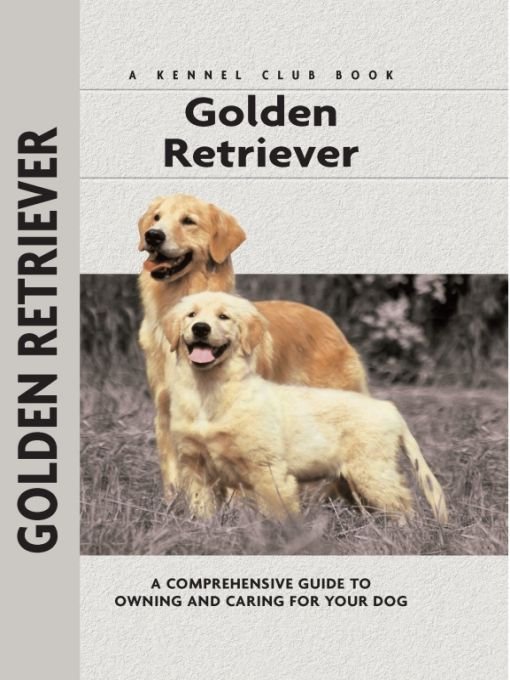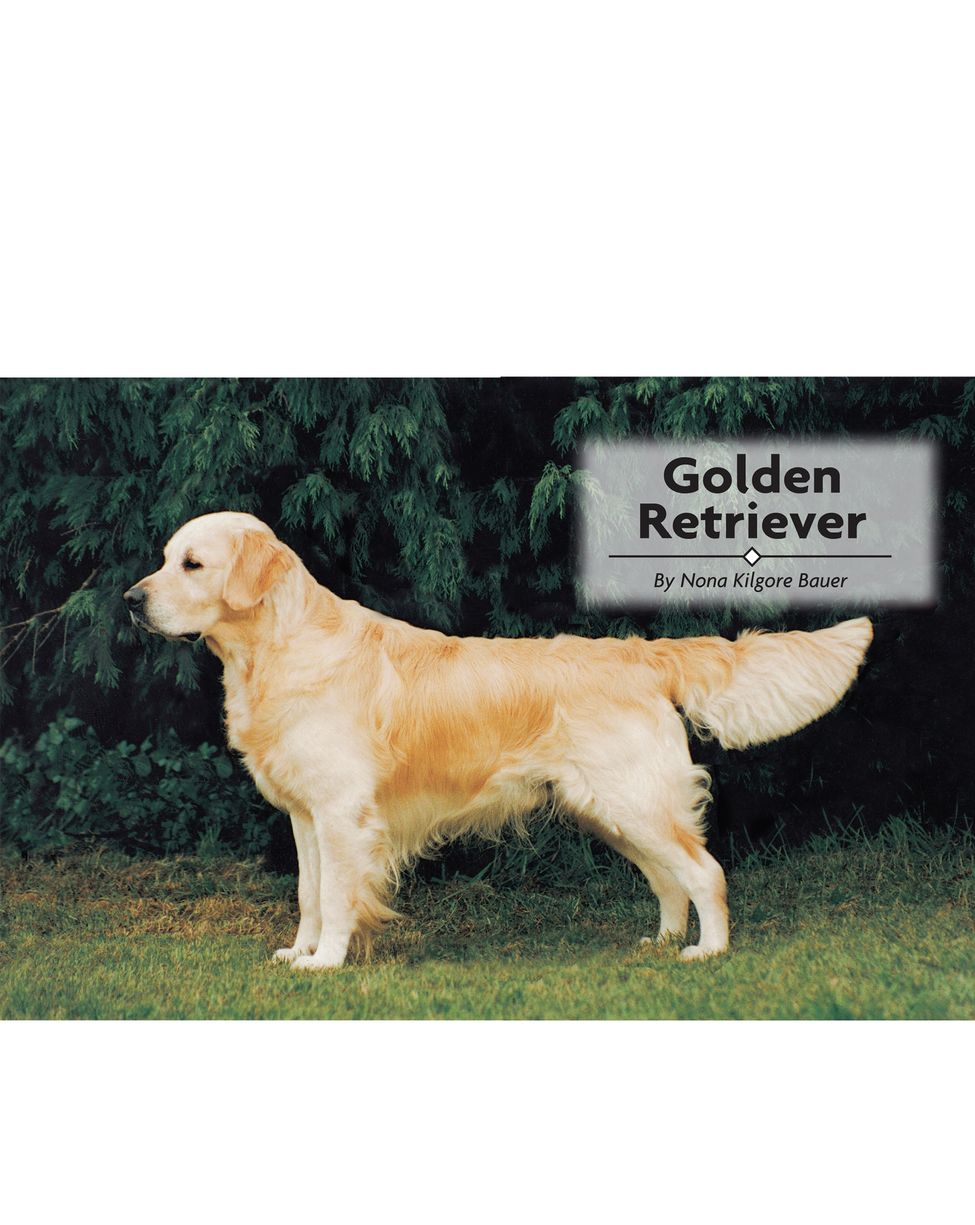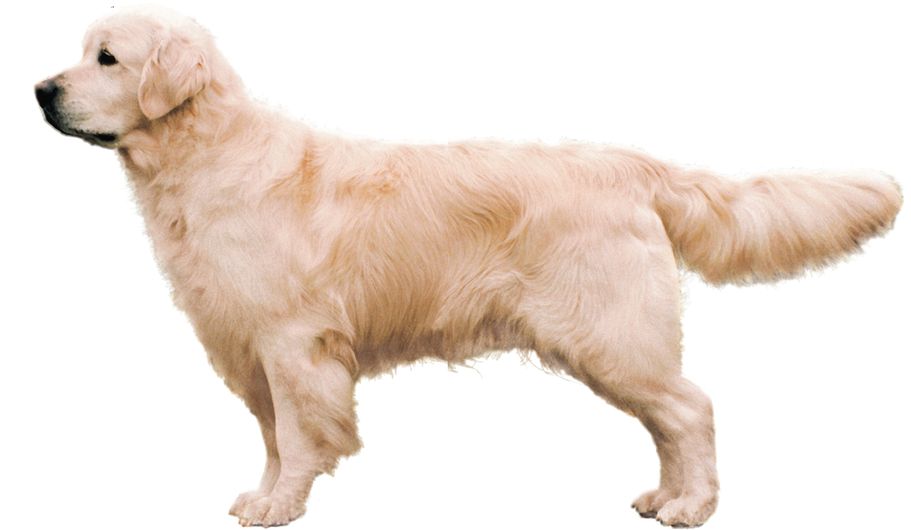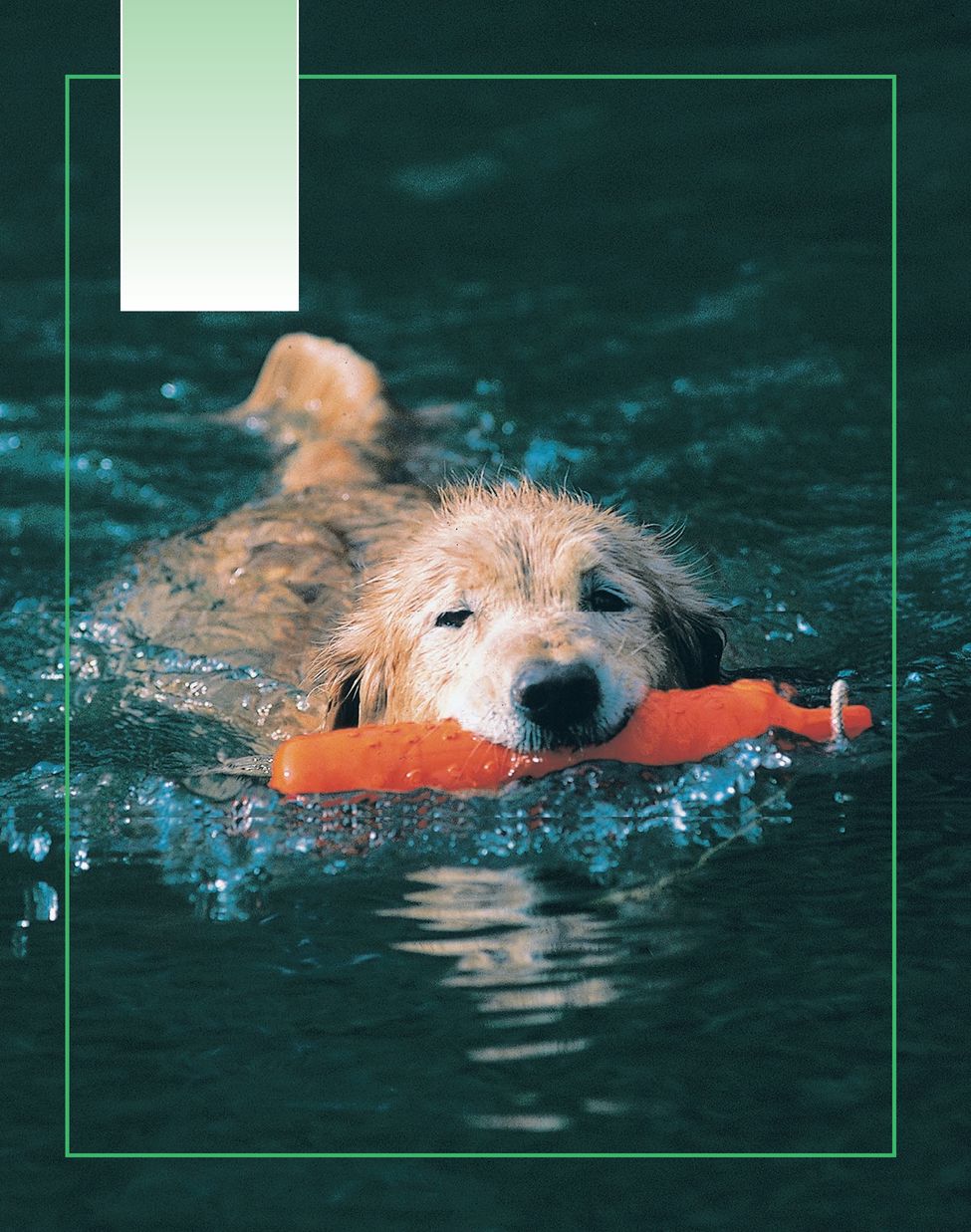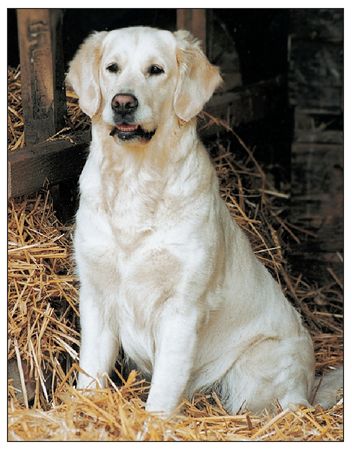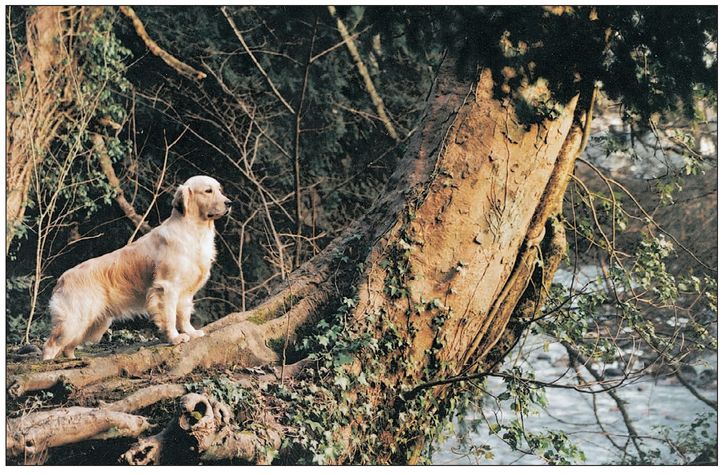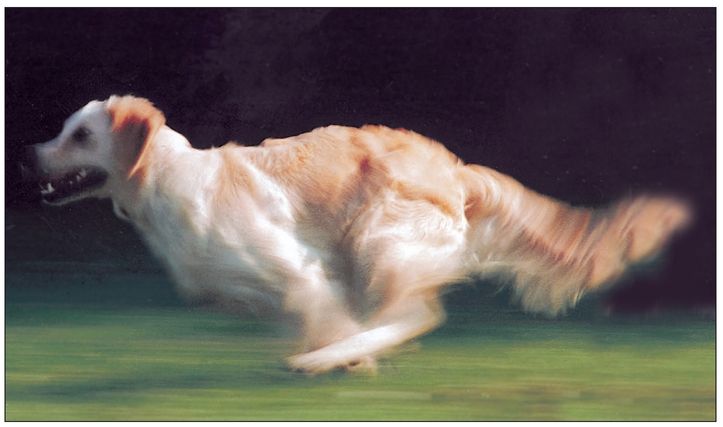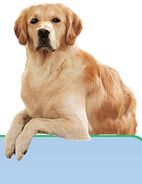Table of Contents
Ears: Rather short with front edge attached well behind and just above the eye and falling close to cheek.
Eyes: Friendly and intelligent in expression, medium large with dark, closefitting rims, set well apart and reasonably deep in sockets. Color preferably dark brown.
Nose: Black or brownish black.
Mouth: Strong jaws, with perfect scissor bite (i.e., upper teeth closely overlapping lower teeth and set to the jaws).
Forequarters: Muscular, well co-ordinated with hindquarters and capable of free movement. Shoulder blades long and well laid back. Legs, straight with good bone. Pasterns short and strong, sloping slightly.
Head: Broad in skull, slightly arched. Stop well defined but not abrupt. Foreface deep and wide, nearly as long as skull. Muzzle straight in profile, blending smoothly and strongly into skull; when viewed in profile or from above, slightly deeper and wider at stop than at tip.
Neck: Medium long, merging gradually into well laid back shoulders, giving sturdy, muscular appearance. Untrimmed natural ruff.
Body: Well-balanced, short coupled, deep through the chest.
Physical Characteristics of the Golden Retriever
(from the American Kennel Clubs breed standard)
Color: Rich, lustrous golden of various shades. Feathering may be lighter than rest of coat.
Back line: Strong and level from withers to slightly sloping croup.
Coat: Dense and water repellent with good undercoat. Outer coat firm and resilient, neither coarse nor silky, lying close to body; may be straight or wavy.
Tail: Well set on, thick and muscular at the base, following the natural line of the croup.
Hindquarters: Broad and strongly muscled. Legs straight when viewed from rear.
Size: Males 2324 inches in height at withers; females 21.522.5 inches. Weight for dogs 6575 pounds; bitches 5565 pounds.
Feet: Medium size, round, compact and well knuckled, with thick pads.
The Golden Retriever is the most beautiful and talented of the retriever breeds. It was originally developed to retrieve birds shot down over water. Dogs are trained, as shown here, with a dummy.
HISTORY OF THEGOLDEN RETRIEVER
The youngest and most beautiful of the retriever breeds, the Golden Retriever was originally developed as a waterfowl dog. Although still an admirable shooting dog, the Golden today spends more time romping with the family than in the duck blind or the field. Often considered the ideal dog to hunt over, compete with or just live with and hug a lot, the Golden has something to offer the sportsman, dog fancier or professional dog lover.
The Golden Retriever can trace its ancestry back to a single breeding and the first pair of yellow retrievers destined to be called Golden. The fancy is indebted to a Scotsman, the former Sir Dudley Marjoriebanks, first Lord Tweedmouth of Guisachan at Inverness, Scotland, and the first breeder of our golden dog.
Typical of 19th-century aristocracy, Tweedmouth was an avid sportsman and waterfowl enthusiast. His passion as a hunter was equaled only by his dedication to the sporting dog, having owned and bred Beagles, pointers, setters, Greyhounds, Scottish Deerhounds and Irish Water Spaniels.
During the 1850s he turned his attention to the moderatesized retriever varieties who were the water dogs of that era. Such dogs were known to be desirable combinations of setters and spaniels and other working varieties. They possessed great courage, strength, sagacity and temperament, and, not surprisingly, a superior nose. Although color was unimportant to most sportsmen, who understandably cared more about working capabilities, Tweedmouth was a true vanguard of his time and was bent on developing a yellow retriever strain.
The color of the Golden Retriever is any shade of rich, lustrous golden. They are powerful for their size and highly intelligent.
For many years the dog fancy embraced the romantic myth that Tweedmouth had acquired his first yellow dogs from a troupe of Russian circus dogs. That golden tale was dispelled by the late Elma Stonex of Somerset, England, the recognized judge and breeder of the Dorcas Goldens, a noted authority on Golden Retrievers who researched and uncovered the true history of the breed.
In an article in Dog World magazine, Mrs. Stonex wrote of information published in 1952 and 1953 in Country Life magazine. Contributed by the sixth Earl of Ilchester, a noted historian and sportsman, the articles revealed the breeding records of his great-uncle, Lord Tweedmouth, from his kennel at his Guisachan estate.
Those records, dated 1835 through 1890, contain no reference to dogs of Russian origin. They indicated that Tweedmouth purchased his first yellow retriever in Brighton in 1865, a dog named Nous (the Greek word for wisdom) out of a litter of otherwise all-black Wavy-Coated Retrievers.
Recorded as bred by the Earl of Chichester, Nous is shown in photographs from 1870 to be a large and handsome dog with a very wavy medium-color coat, very much resembling the modern Golden Retriever.
Two years later, Tweedmouths cousin, David Robertson, presented him with a Tweed Water Spaniel named Belle. David lived at Ladykirk, which was located on the Tweed River, and the Tweed Water Spaniel was the preferred hunting dog of that region. Historians describe the Tweed Water Spaniel as a small English Retriever of a liver color (liver meaning all shades of sandy, fawn or brown), a dog with a tightly curled coat who was an apparent descendant of the composite Water Dogs of the early nineteenth century. Belle was destined to become the foundation of Tweedmouths plan to develop a yellow retriever breed.
Golden Retrievers were developed as outdoor dogs. They were regarded as companions for the lonely hunter, assistants to bring in downed game, and handsome working animals. To this day Goldens enjoy outdoor activities more than anything.
Even though Golden Retrievers are large dogs, heavily boned and muscled, they can maneuver gracefully, hunt for long hours in the field and run at a rapid, sustained pace.


